Home>Furniture & Design>Bathroom Accessories>Why Does My Sonicare Toothbrush Beep
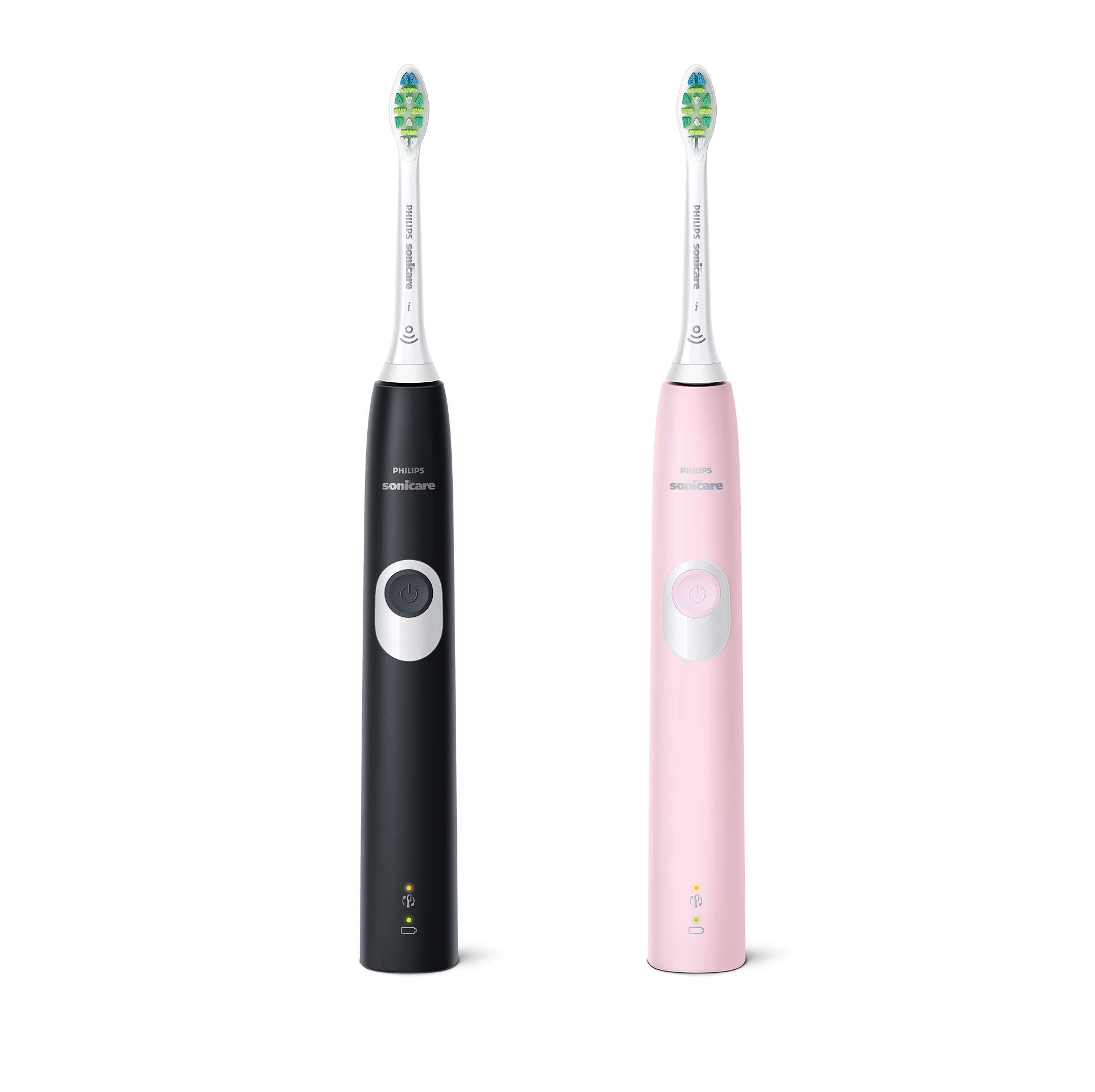

Bathroom Accessories
Why Does My Sonicare Toothbrush Beep
Published: February 11, 2024
Discover why your Sonicare toothbrush beeps and learn how to troubleshoot it. Find solutions for bathroom accessories at your fingertips.
(Many of the links in this article redirect to a specific reviewed product. Your purchase of these products through affiliate links helps to generate commission for Storables.com, at no extra cost. Learn more)
Introduction
Have you ever been startled by the unexpected beeping of your Sonicare toothbrush? You're not alone. Many Sonicare users have experienced this curious phenomenon and wondered what it means. In this article, we'll delve into the fascinating world of Sonicare toothbrushes and explore the reasons behind that mysterious beeping sound. By the end of this journey, you'll have a clearer understanding of why your Sonicare toothbrush beeps and how to address this common occurrence. So, let's embark on this enlightening exploration together!
Key Takeaways:
- Your Sonicare toothbrush beeps to remind you to brush for two minutes, change modes, recharge the battery, and brush gently. It’s like a helpful friend guiding you through your oral care routine!
- If your Sonicare toothbrush beeps, it’s giving you important signals. Follow the beeps to ensure thorough cleaning, proper mode selection, and timely troubleshooting for uninterrupted brushing.
How Sonicare Toothbrush Works
The Sonicare toothbrush is a marvel of modern dental technology, designed to provide a superior cleaning experience compared to traditional manual toothbrushes. At the heart of its functionality lies the innovative sonic technology, which sets it apart in the realm of oral care.
Sonic Technology
Unlike conventional toothbrushes that rely on manual scrubbing, Sonicare toothbrushes harness the power of high-frequency vibrations to drive fluid between teeth and along the gumline. This rapid motion creates dynamic cleaning action, effectively dislodging plaque and debris from hard-to-reach areas with remarkable efficiency.
Brushing Modes
Sonicare toothbrushes often feature multiple brushing modes, such as Clean, White, Gum Care, and Sensitive, allowing users to customize their brushing experience based on their oral health needs. Each mode is tailored to deliver specific cleaning actions, catering to diverse dental requirements.
Smart Sensors
Many Sonicare models are equipped with smart sensors that monitor brushing pressure and duration. These sensors provide real-time feedback to users, encouraging gentle yet thorough brushing and promoting optimal oral hygiene practices.
Brush Head Technology
The brush heads of Sonicare toothbrushes are meticulously engineered to maximize cleaning effectiveness. With contoured bristles and adaptive designs, these brush heads adapt to the unique contours of the teeth and gums, ensuring comprehensive cleaning with every stroke.
Sonicare App Integration
Some advanced Sonicare models seamlessly integrate with dedicated mobile apps, offering personalized guidance, progress tracking, and oral care tips. This integration elevates the brushing experience by providing users with valuable insights and motivation to maintain consistent oral care routines.
In essence, the Sonicare toothbrush operates as a sophisticated oral care companion, leveraging cutting-edge technology to deliver exceptional cleaning performance while prioritizing user comfort and convenience. Its innovative features and intelligent design make it a standout choice for individuals seeking a superior dental hygiene solution.
Reasons for Beeping
The beeping sound emitted by a Sonicare toothbrush can serve as a valuable indicator, signaling various conditions and events during its operation. Understanding the reasons behind this auditory cue can shed light on the status of the toothbrush and the user's brushing experience. Here are the primary reasons why your Sonicare toothbrush might emit a beeping sound:
-
Brushing Timer Completion: Many Sonicare models are equipped with a built-in timer that encourages users to brush for the dentist-recommended two minutes. When the two-minute mark is reached, the toothbrush emits a series of beeps to signal the completion of the recommended brushing duration. This feature ensures that users achieve thorough and consistent cleaning, promoting optimal oral health outcomes.
-
Brushing Mode Selection: Certain Sonicare toothbrushes emit a beep when users switch between different brushing modes. This audible feedback confirms the successful activation of the desired brushing mode, providing users with reassurance and clarity regarding their selected cleaning action. Whether transitioning from Clean mode to White mode or switching to Gum Care mode, the beeping sound serves as a confirmation of the mode change.
-
Low Battery Warning: When the battery level of the Sonicare toothbrush becomes low, it may emit a series of beeps to alert users to recharge the device. This proactive notification helps users avoid interruptions in their oral care routine by prompting them to recharge the toothbrush in a timely manner. By heeding this warning, users can ensure that their Sonicare toothbrush remains ready for use whenever needed.
-
Pressure Sensor Activation: Some Sonicare models feature pressure sensors that detect excessive brushing force. When the pressure sensor is triggered, the toothbrush may emit a beeping sound to alert users to reduce the pressure applied during brushing. This serves as a gentle reminder to maintain a light touch, preventing potential discomfort or damage to the teeth and gums.
-
Error or Malfunction: In rare cases, a Sonicare toothbrush may emit a beeping sound to indicate an error or malfunction. This could be related to internal components, connectivity issues, or other technical anomalies. If the beeping persists without an apparent cause related to normal operation, it may be advisable to refer to the user manual or seek assistance from the manufacturer's support channels to diagnose and address the issue.
By recognizing these reasons for beeping, Sonicare users can interpret the audible signals from their toothbrushes with informed awareness. This understanding empowers users to respond appropriately to the beeping sounds, ensuring that they derive the maximum benefit from their Sonicare toothbrush while maintaining optimal oral hygiene practices.
Troubleshooting the Beeping Issue
Encountering a beeping sound from your Sonicare toothbrush can prompt a sense of curiosity and, at times, concern. However, armed with the knowledge of potential causes for the beeping, you can embark on troubleshooting steps to address the issue effectively. Here's a comprehensive guide to troubleshooting the beeping problem with your Sonicare toothbrush:
-
Brushing Timer Completion: If the beeping occurs precisely at the two-minute mark during brushing, it indicates that the built-in timer has successfully completed the recommended brushing duration. In this scenario, the beeping is a positive indicator of adherence to the dentist-recommended brushing time. No troubleshooting is necessary, as the beeping serves as a helpful reminder to conclude the brushing session.
-
Battery Level: Should the beeping coincide with a low battery warning, it's essential to recharge the toothbrush promptly. Connect the Sonicare toothbrush to its charging base or power source to replenish the battery. Once fully charged, the beeping related to low battery should cease, ensuring uninterrupted usage for subsequent brushing sessions.
-
Pressure Sensor Activation: If the beeping is triggered by excessive brushing pressure, adjust your brushing technique to apply gentler pressure. The pressure sensor is designed to promote optimal oral care by discouraging aggressive brushing. By heeding the beeping signal and modifying your brushing approach, you can maintain a comfortable and effective brushing experience.
-
Mode Selection Confirmation: When the beeping coincides with mode changes, it signifies successful mode selection. This serves as a reassuring confirmation of the chosen brushing mode. No troubleshooting is required in this scenario, as the beeping sound validates the activation of the desired cleaning action.
-
Error or Malfunction: In the rare event of persistent beeping without a discernible cause related to normal operation, refer to the user manual for troubleshooting guidance. Check for any visible issues such as loose connections, debris accumulation, or signs of technical malfunction. If the beeping persists despite troubleshooting attempts, contact the manufacturer's support for further assistance and resolution.
By systematically addressing the potential reasons for beeping and implementing targeted troubleshooting measures, you can effectively manage and resolve the beeping issue with your Sonicare toothbrush. This proactive approach ensures that your brushing experience remains uninterrupted, allowing you to harness the full benefits of Sonicare's advanced oral care technology.
Conclusion
In conclusion, the beeping sound emitted by Sonicare toothbrushes serves as a multifaceted communication tool, conveying valuable information to users throughout their oral care routines. Whether signaling the completion of the dentist-recommended two-minute brushing duration, confirming mode changes, or alerting users to low battery levels and excessive brushing pressure, the beeping feature enhances the overall brushing experience by promoting thoroughness, clarity, and user awareness.
Understanding the reasons behind the beeping empowers Sonicare users to interpret the auditory cues with informed insight, enabling them to respond appropriately to each scenario. By recognizing the significance of the beeping sound, users can leverage this feature to optimize their oral care practices, ensuring comprehensive cleaning and adherence to recommended brushing guidelines.
Furthermore, troubleshooting the beeping issue equips users with the necessary steps to address potential concerns related to battery levels, pressure sensor activation, and mode selection. This proactive approach enables users to maintain seamless brushing experiences while mitigating any operational challenges that may arise.
Ultimately, the Sonicare toothbrush stands as a testament to the fusion of advanced technology and oral care innovation, offering users a comprehensive solution for superior dental hygiene. With its sonic technology, smart sensors, customizable brushing modes, and intuitive design, the Sonicare toothbrush continues to elevate the standards of oral care, providing users with an exceptional brushing experience that prioritizes effectiveness, comfort, and user engagement.
As users embark on their oral care journeys with Sonicare toothbrushes, the beeping feature serves as a steadfast companion, guiding them through each brushing session with precision and purpose. By embracing the beeping sound as a valuable ally in their oral care routines, users can harness the full potential of Sonicare's cutting-edge technology, ensuring optimal cleaning performance and promoting long-term oral health.
In essence, the beeping sound of a Sonicare toothbrush transcends mere auditory feedback; it embodies a commitment to excellence, user-centric design, and the seamless integration of technology into everyday oral care practices. With each beep, Sonicare users are reminded of the brand's unwavering dedication to delivering exceptional oral care solutions that resonate with modern lifestyles and prioritize the well-being of individuals worldwide.
Frequently Asked Questions about Why Does My Sonicare Toothbrush Beep
Was this page helpful?
At Storables.com, we guarantee accurate and reliable information. Our content, validated by Expert Board Contributors, is crafted following stringent Editorial Policies. We're committed to providing you with well-researched, expert-backed insights for all your informational needs.
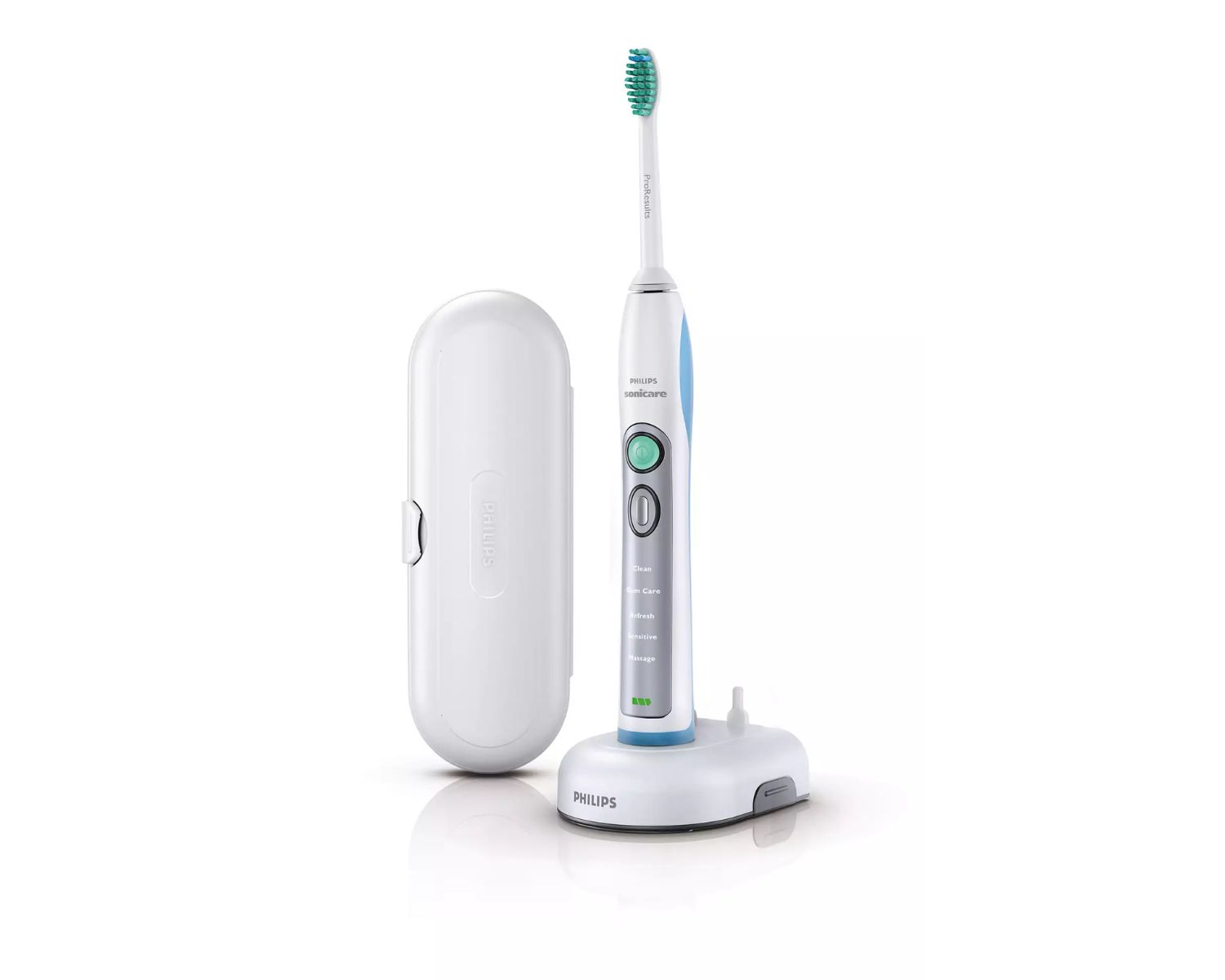

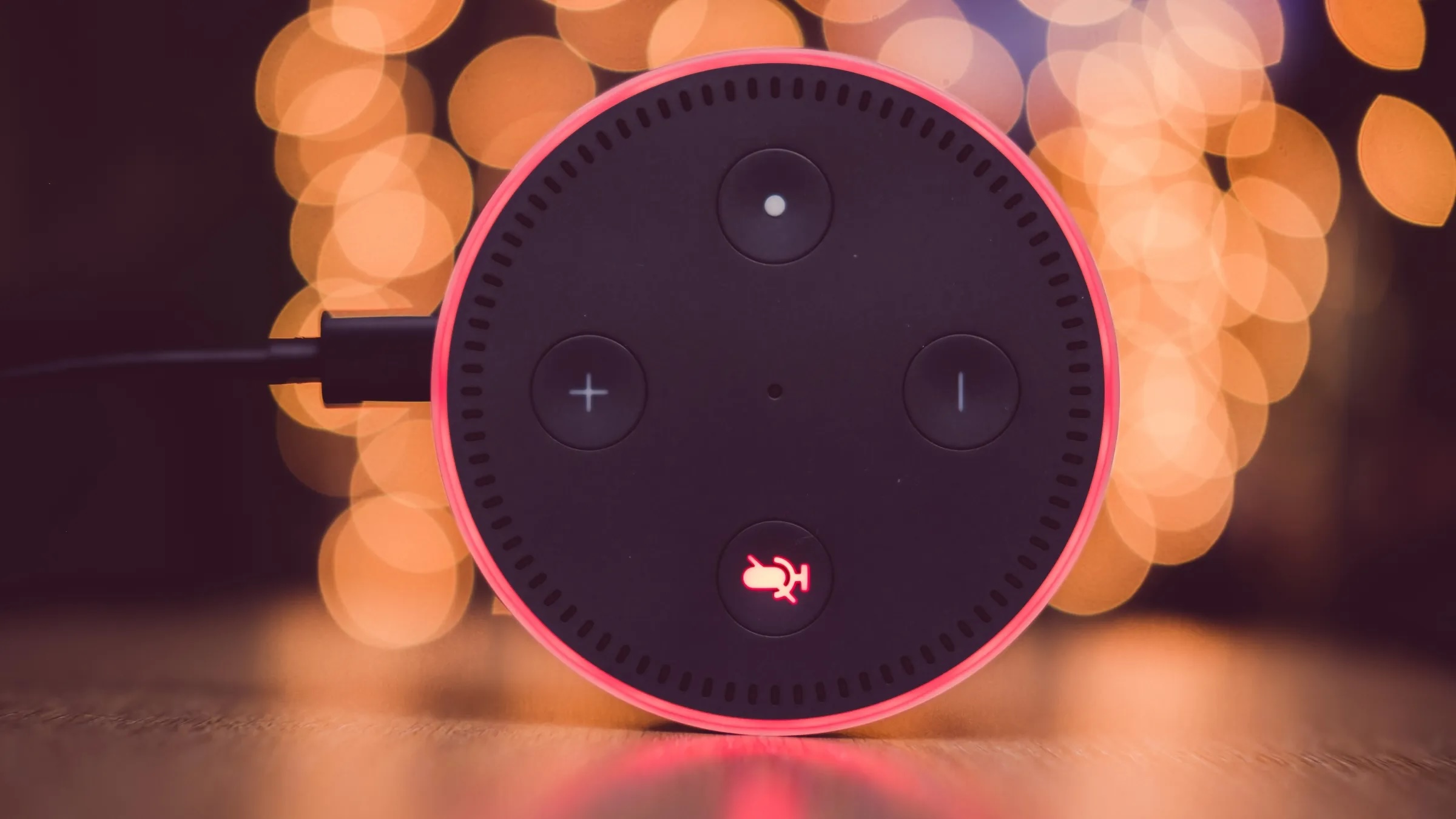
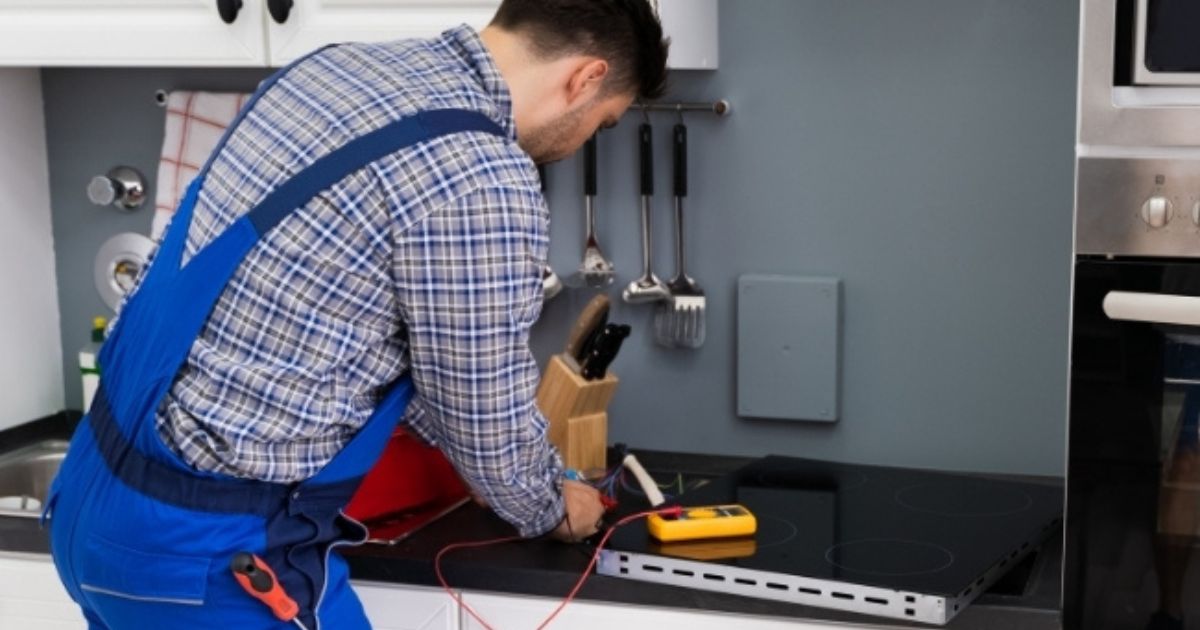
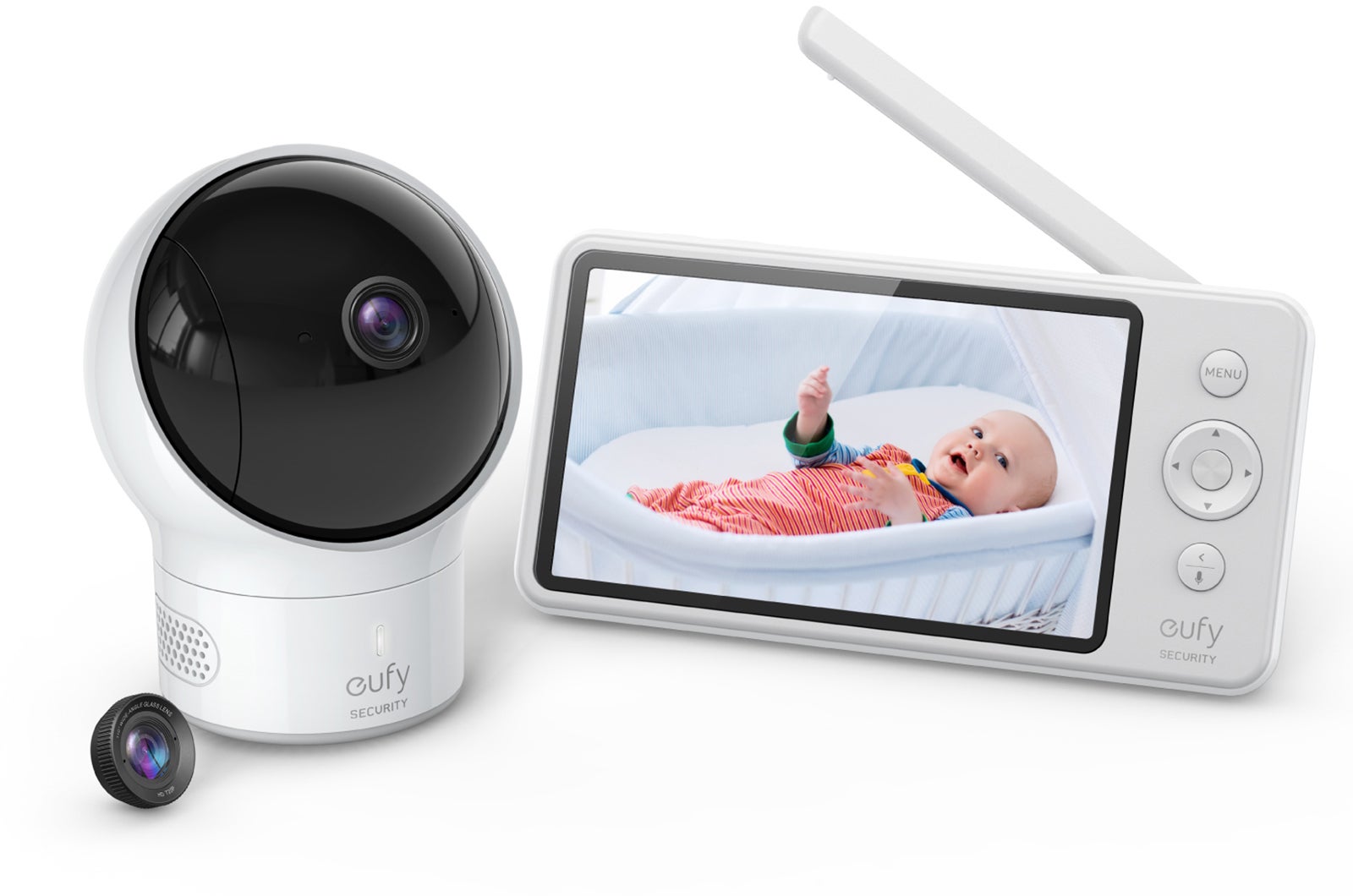
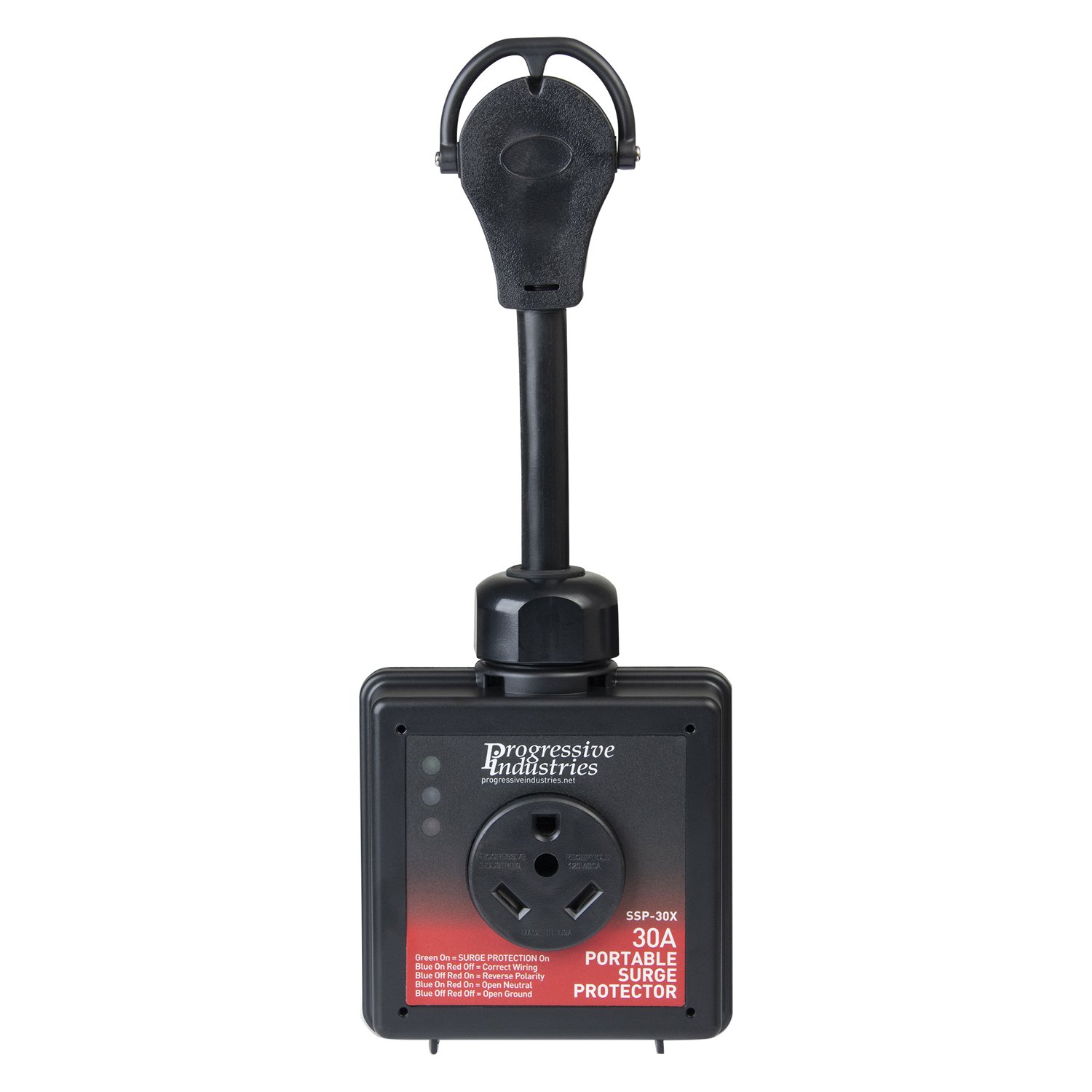
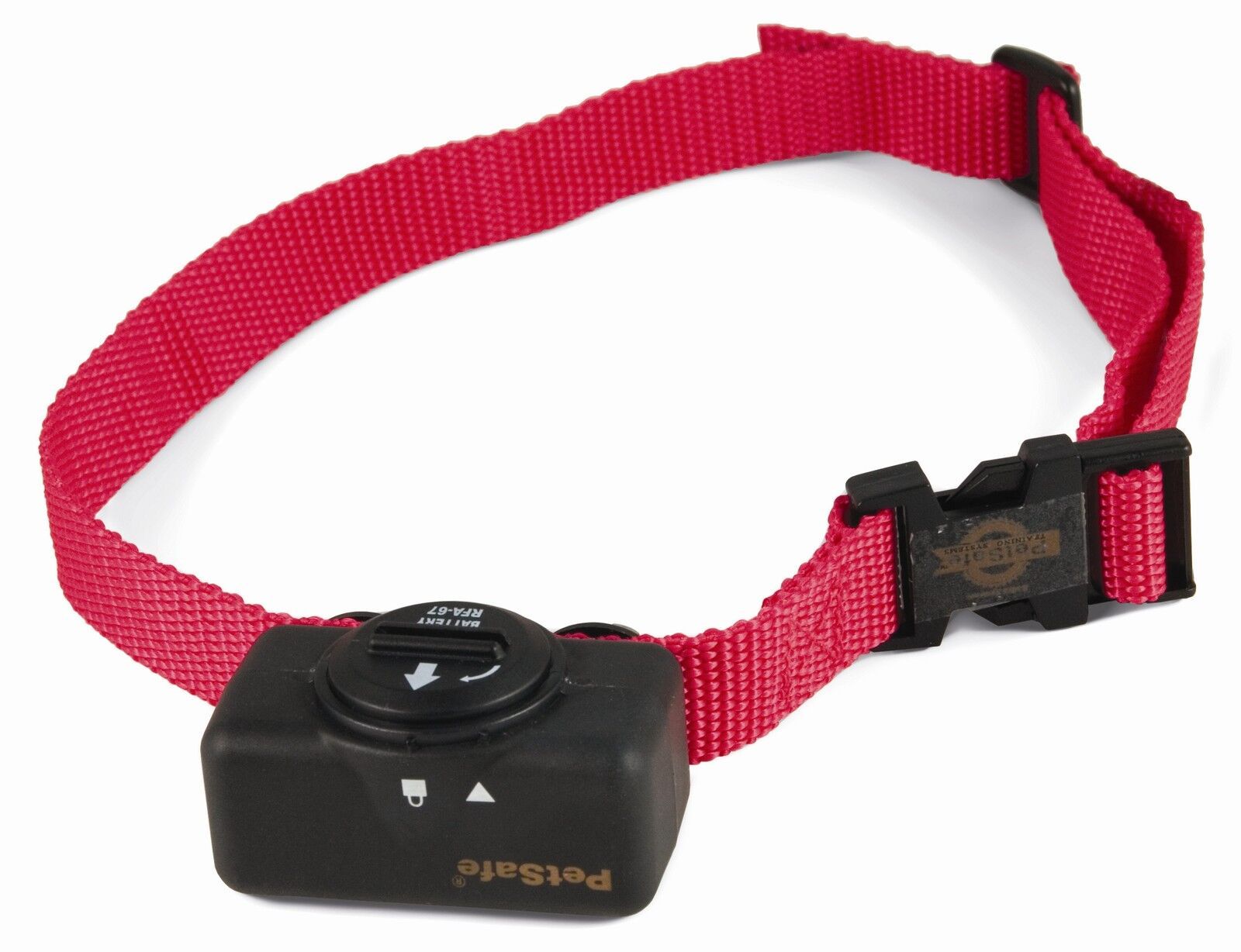
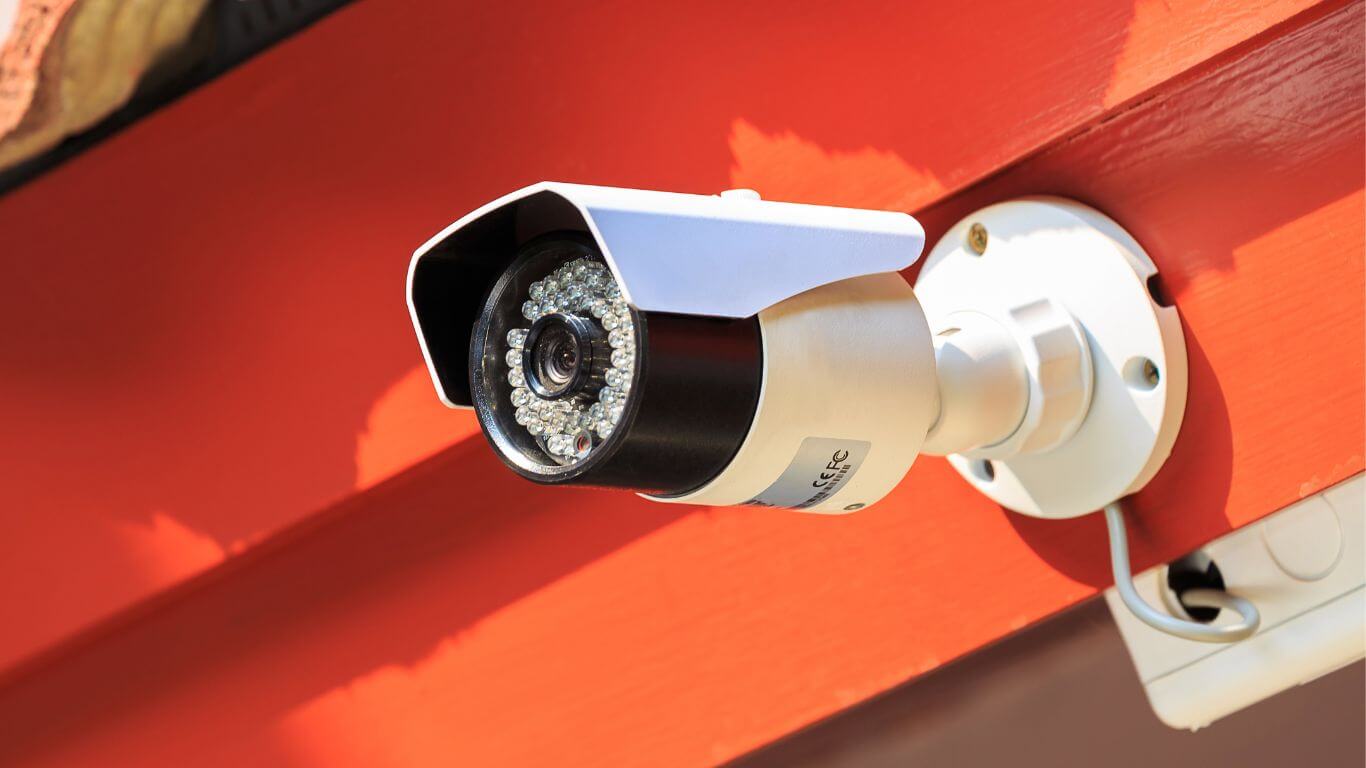
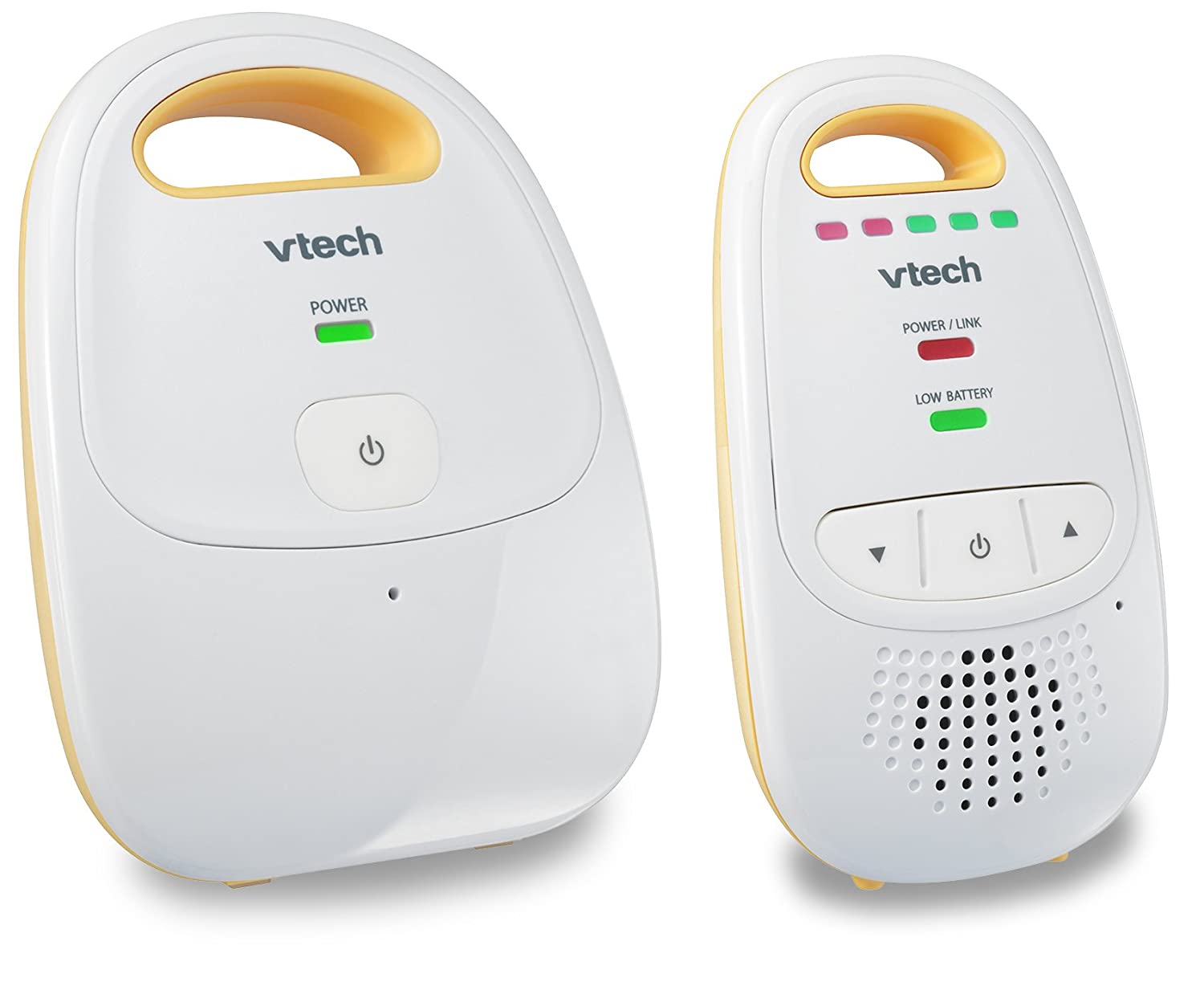
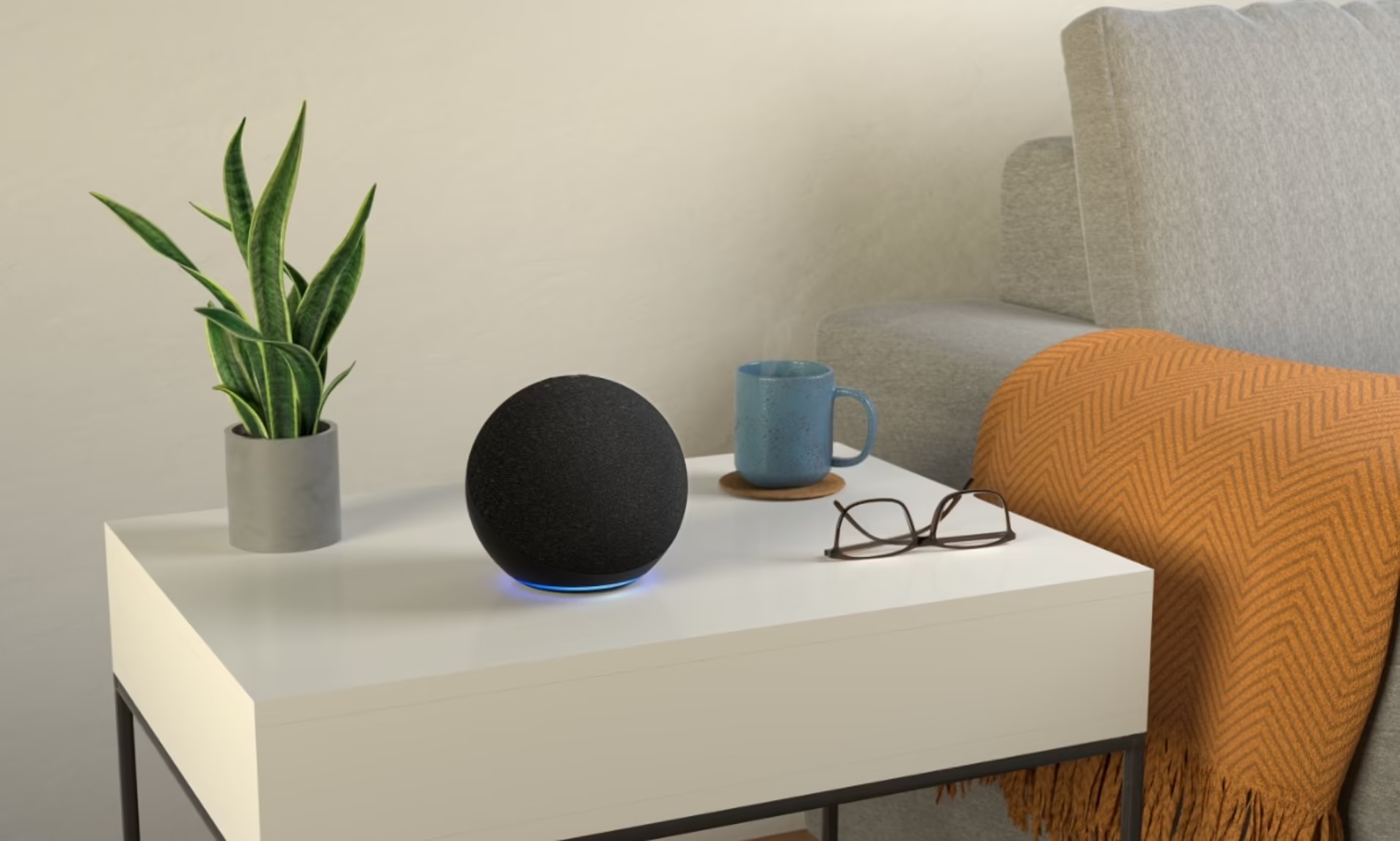
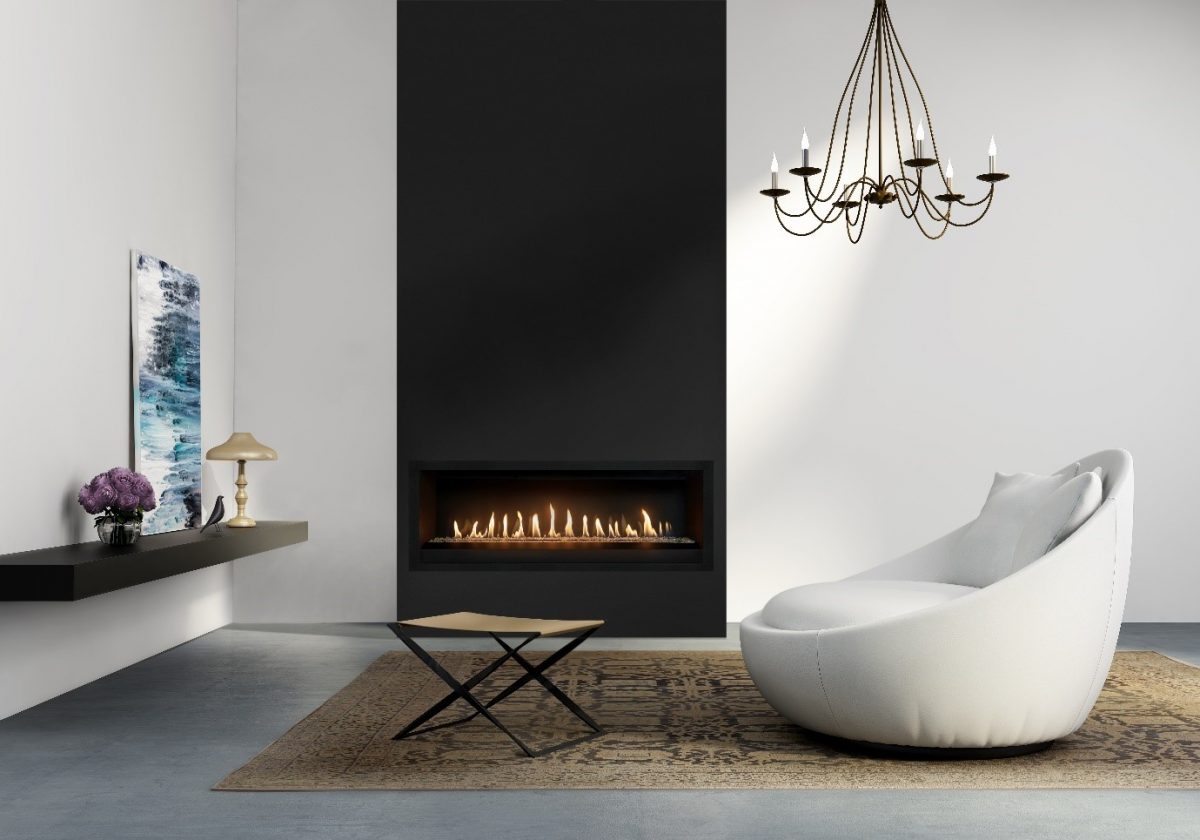
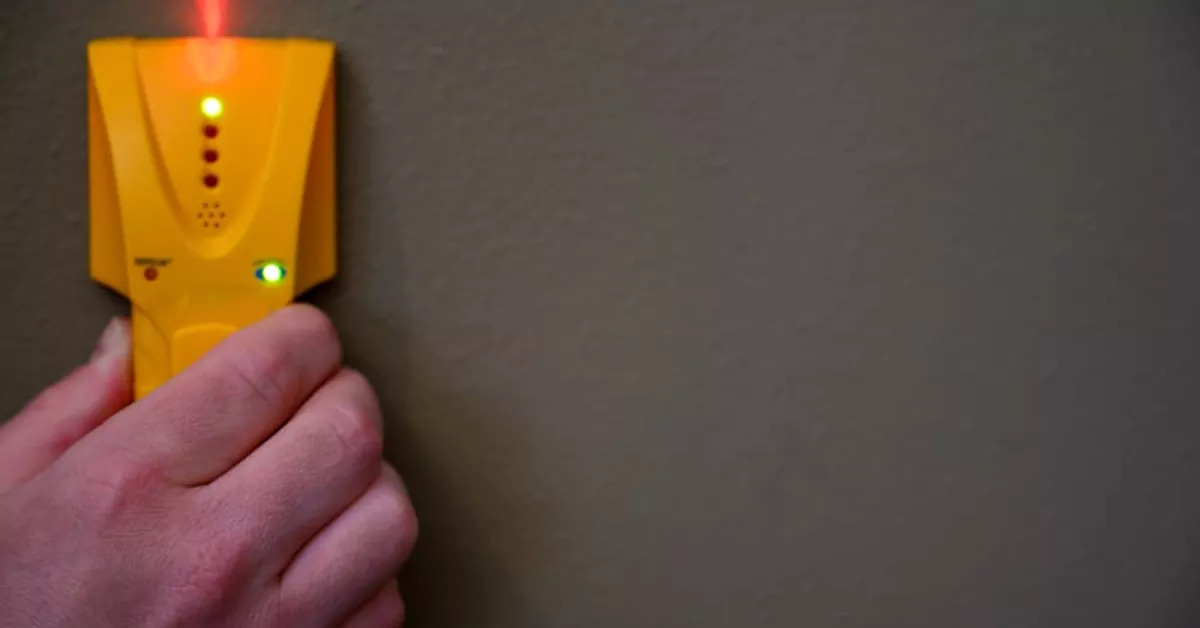
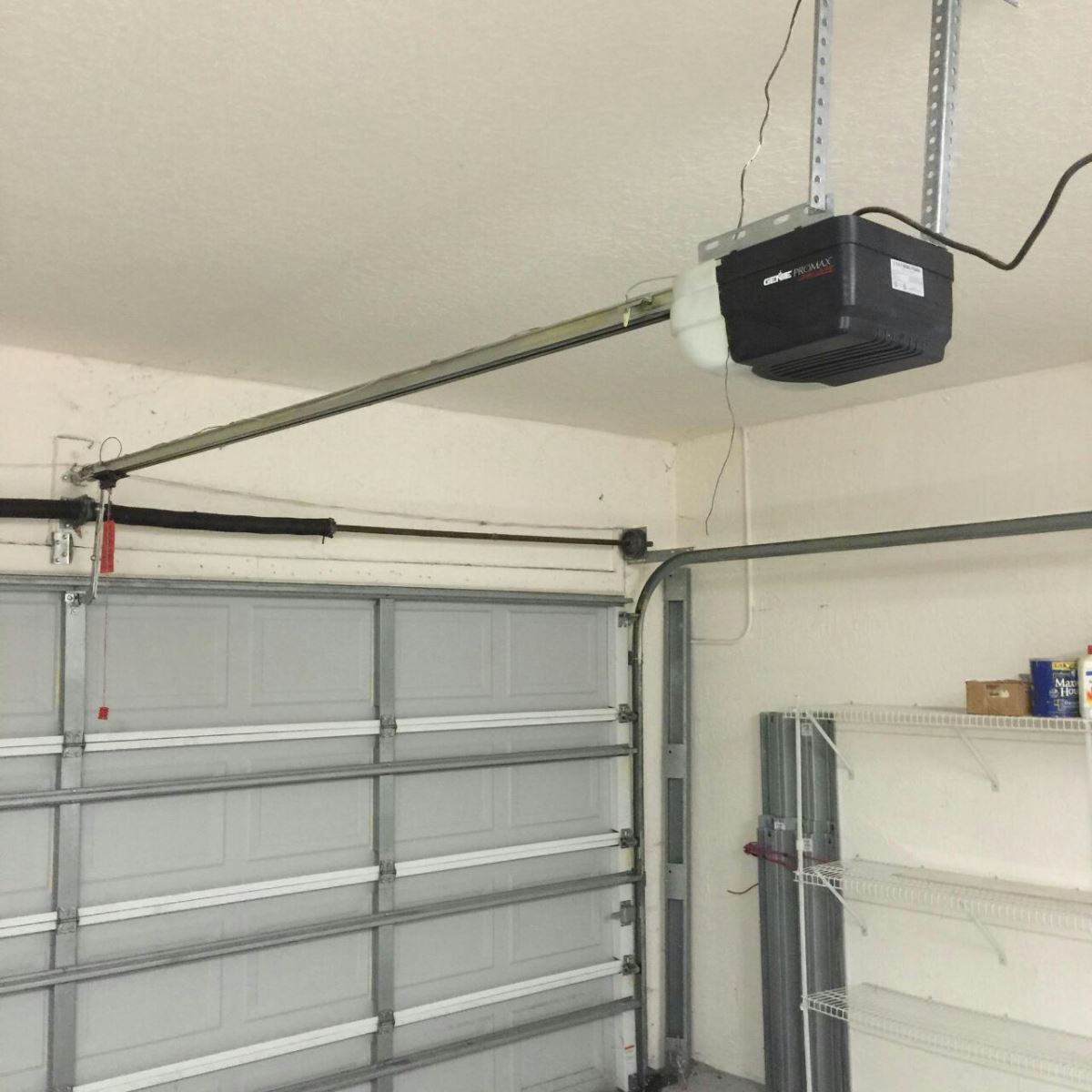

0 thoughts on “Why Does My Sonicare Toothbrush Beep”